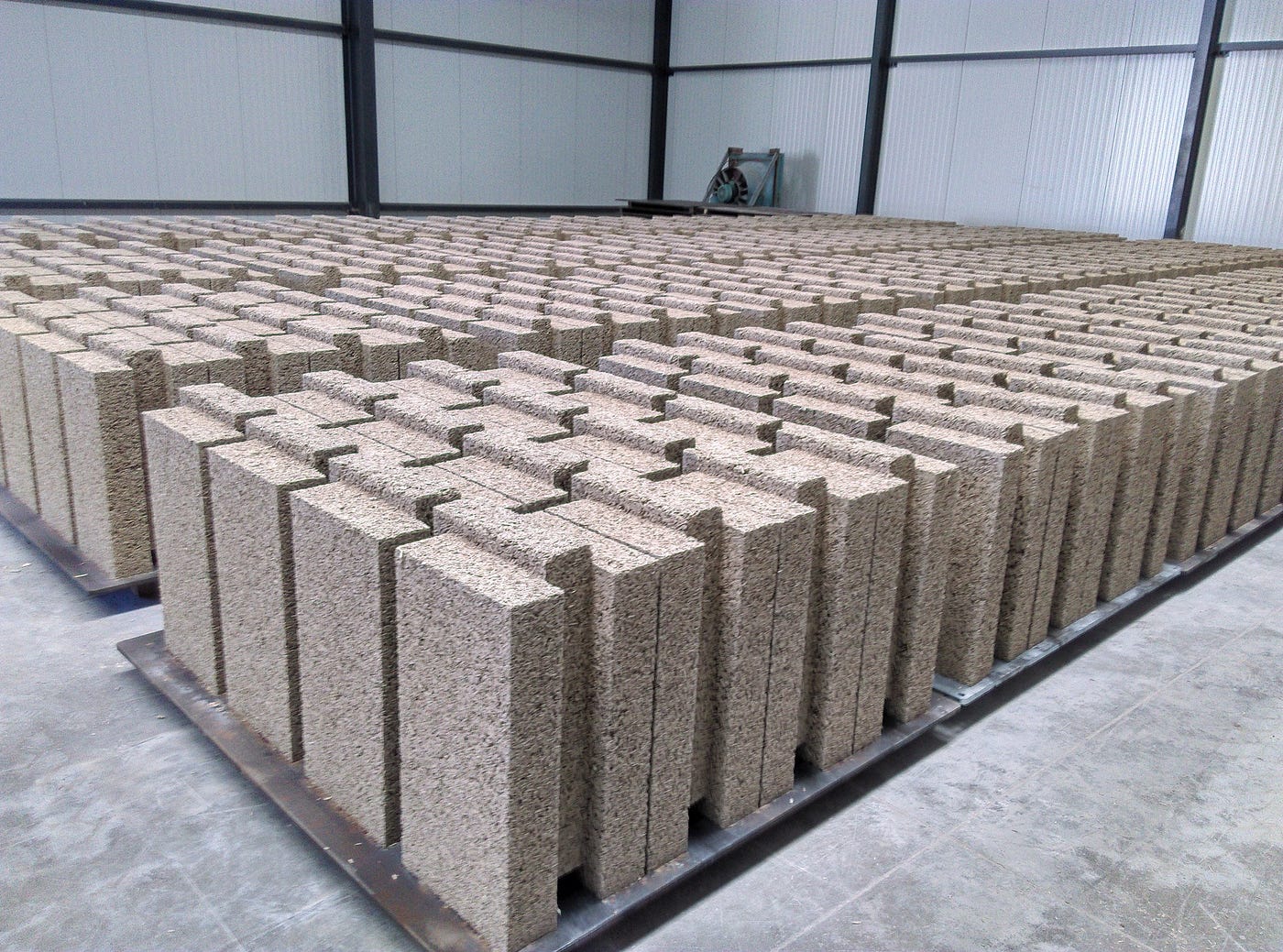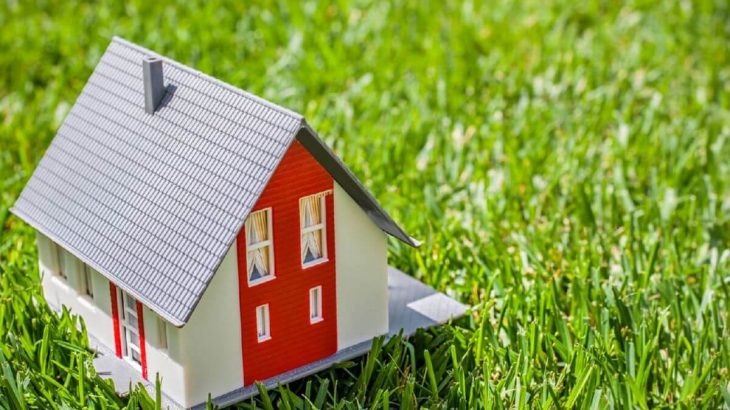As the world grapples with the environmental challenges of the 21st century, the construction industry is increasingly turning towards eco-friendly building materials to create sustainable and energy-efficient structures. With a growing emphasis on reducing carbon footprints and promoting environmental responsibility, innovative solutions are emerging to revolutionize the way we build. In this article, we’ll delve into some of the most promising eco-friendly building materials that are shaping the future of sustainable construction.
Bamboo: A Versatile Wonder
Bamboo is quickly gaining popularity as a sustainable alternative to traditional building materials. Known for its rapid growth and renewability, bamboo is not only sturdy but also incredibly versatile. It can be used for various applications, including flooring, furniture, and even as a structural element. Bamboo’s strength and flexibility make it an ideal substitute for traditional hardwoods, helping reduce deforestation and promote sustainable forestry practices.
Hempcrete: Building with Hemp
Hempcrete is a bio-composite material made from the inner woody fibers of the hemp plant, lime, and water. It offers a greener alternative to traditional concrete, as it has a lower carbon footprint and is a renewable resource. Hempcrete provides excellent insulation properties, regulating temperature and humidity while sequestering carbon dioxide over time. As it gains traction, hempcrete is becoming a go-to material for environmentally conscious builders.
Recycled Steel: A Second Life for Metal
Recycled steel is making waves in the construction industry as a durable and sustainable material. By repurposing steel from old structures, manufacturers can significantly reduce the energy and resources needed for production. Recycled steel also maintains its strength and integrity, making it a viable option for structural components in eco-friendly building projects. Its versatility and long lifespan contribute to the overall sustainability of a structure.
Recycled Plastic Building Blocks: Turning Waste into Innovation
Plastic waste is a global concern, and repurposing it for construction offers a unique solution. Recycled plastic building blocks, made from discarded plastic bottles and other containers, are gaining attention for their durability and insulation properties. These blocks provide an eco-friendly alternative to traditional masonry materials and help reduce the environmental impact of plastic waste.

Cross-Laminated Timber (CLT): Reinventing Wood Construction
Cross-laminated timber is revolutionizing the use of wood in construction. Engineered by layering and gluing wood planks in perpendicular directions, CLT creates a strong and stable panel that can be used for walls, floors, and roofs. As a renewable resource, wood sequesters carbon throughout its lifecycle, making CLT a sustainable alternative to conventional building materials. It also boasts excellent thermal performance, contributing to energy-efficient structures.
Mycelium-Based Materials: Growing the Future
Mycelium, the root structure of fungi, is being explored as a sustainable building material. By growing mycelium on agricultural waste, designers can create lightweight, strong, and biodegradable materials. Mycelium-based products have the potential to replace traditional insulation materials and packaging, offering an eco-friendly alternative that decomposes naturally at the end of its lifecycle.
Solar Tiles: Merging Functionality and Aesthetics
Solar tiles are transforming the way we think about renewable energy integration in buildings. Unlike traditional solar panels, solar tiles seamlessly blend into the architecture, serving both functional and aesthetic purposes. These tiles harness solar energy while providing an attractive roofing solution. As technology advances, solar tiles are becoming more efficient and cost-effective, encouraging the widespread adoption of solar-powered buildings.
Cool Roofs: Reflecting Sustainability
Cool roofs are designed to reflect sunlight and absorb less heat, contributing to energy efficiency in buildings. These roofs are typically made from reflective materials such as white membranes, tiles, or coatings. By reducing the absorption of solar radiation, cool roofs help lower indoor temperatures, decrease the need for air conditioning, and mitigate the urban heat island effect. This sustainable roofing option is gaining popularity in regions with warm climates.
The shift towards eco-friendly building materials represents a crucial step in creating a sustainable and resilient future. From bamboo and hempcrete to recycled steel and mycelium-based products, these emerging materials are redefining the way we construct buildings. As technology and innovation continue to drive the construction industry forward, embracing these environmentally conscious alternatives will play a pivotal role in mitigating the impact of construction on the planet. By choosing these materials, builders and homeowners alike contribute to a more sustainable and eco-friendly future for generations to come.



















